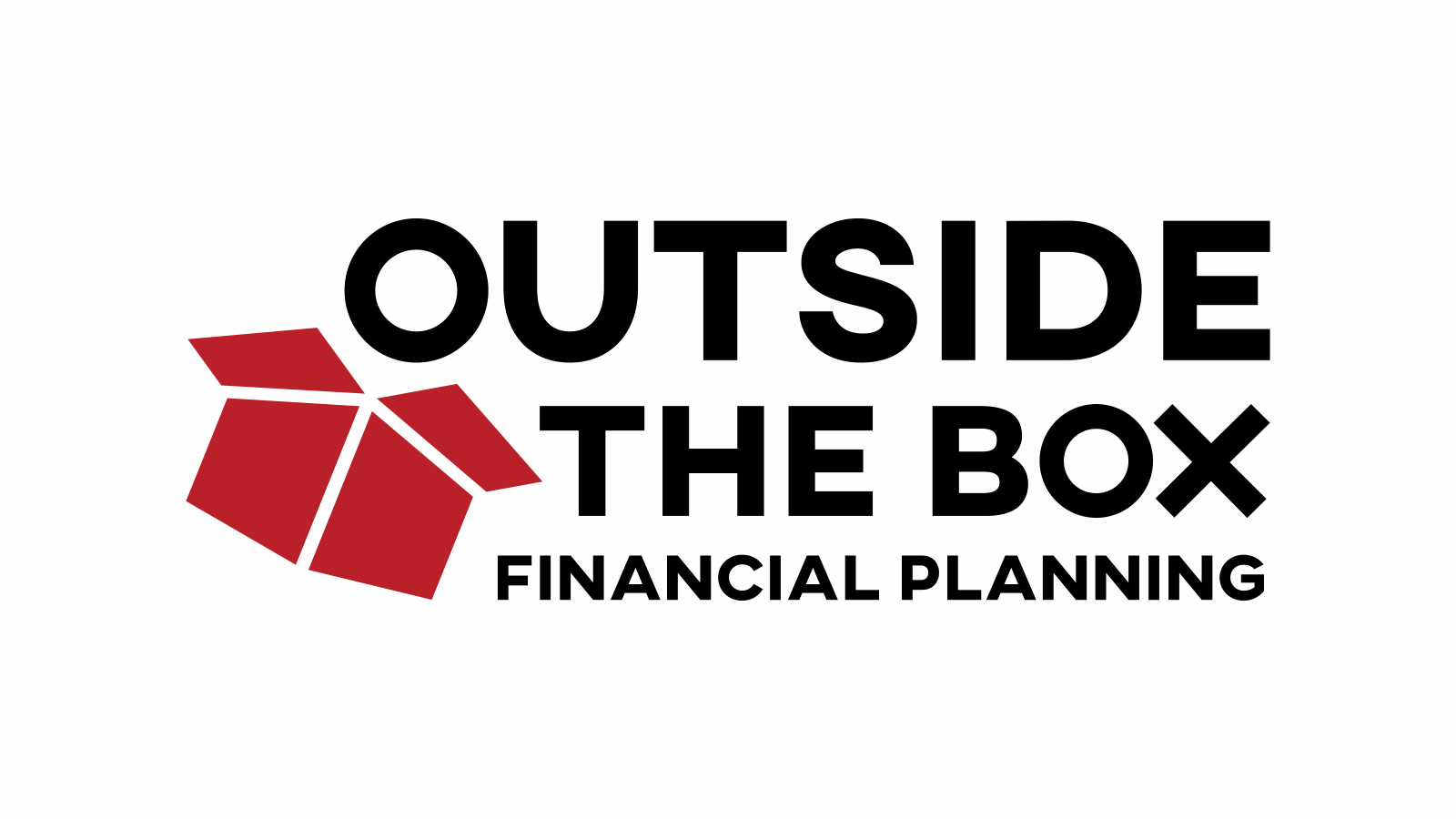A Tax-Deductible Buy-Sell Agreement
One of the critical needs of a small business is to protect against the untimely death of an owner. This is important because the family of the owner may face a large tax bill, and may not have the liquidity to pay the tax. To make matters worse, it may not be desirable for the deceased owner’s family to have a hand in running the business and surviving owner may not have enough cash for a buyout.
This problem can be solved with a well designed buy-sell agreement. Although there are a variety of ways to structure such an arrangement, the two most common approaches are the stock redemption and the cross-purchase plans. Because of leverage and tax efficiency, these plans are often funded with life insurance. Insurance can provide both the liquidity needed by the family to meet its tax obligations and the ready cash for the surviving owners to purchase the interest of the deceased shareholder.
In a stock redemption plan, the business agrees to purchase or retire the stock of a deceased stockholder. Typically, the business purchases life insurance on each stockholder to fund the arrangement. In a cross-purchase plan, the owners agree to buy the stock of a deceased partner. To fund a cross-purchase agreement, each owner buys life insurance on each of the co-owners. In both cases, life insurance guarantees that funds will be available if and when they are needed.
A frequent obstacle to funding a buy-sell arrangement is a lack of sufficient cash to pay for the required insurance. For example, in a 28% tax bracket, it takes $3,472 in pre-tax earnings to support a $2,500 life insurance premium. So, it’s not surprising that many owners ask if there is a way to deduct the cost of the insurance premium. Can this be done?
In fact, there is a way . . . by purchasing life insurance through a profit-sharing plan sponsored by the business. When properly structured, the funding of a cross-purchase plan in this manner has all the advantages of a traditional buy-sell agreement, with the added benefit of income tax leverage to reduce the owners’ out-of-pocket costs.
A Little Background. . .
The Internal Revenue Service (IRS) defines a qualified profit-sharing plan as a plan of deferred compensation. This definition creates flexibility that is not available with a qualified pension plan.
Amounts allocated to the profit-sharing account of a participant may be used to provide incidental life insurance protection for himself or anyone in whom the participant has an insurable interest [Treasury Reg. 1.401-1(b)(1) (ii)]. The IRS has agreed in private letter rulings that this regulation supports the purchase of life insurance on the life of a co-shareholder, to fund a cross-purchase agreement. (See PLRs 8108110 and 8426090.)
Generally, in designing such an arrangement the following conditions should be met:
The plan must be a tax-qualified profit-sharing plan.
The plan should allow each individual participant to direct a portion of his or her account toward the purchase of life insurance.
The plan should provide that participants may purchase life insurance on themselves, or on the life of any individual in whom they have an insurable interest.
The purchase of insurance must meet the so-called “incidental death benefit” limitations.
Taxable insurance costs (“PS-58 costs”) must be reported by the participant whose account is supporting the cost of the life insurance.
If the participant is married, the spouse of the participant should consent in writing to the use of the profit-sharing funds in this manner.
At death, the amount at risk under the policy may be distributed immediately to the surviving shareholder. This amount is received free of income tax and may be used to satisfy the buy-sell agreement. The cash value portion of the policy should remain in the profit-sharing plan.
The funding of a cross-purchase agreement through a profit-sharing plan in this manner may work best for small, closely-held businesses with two or three owners. But, it can work in larger businesses as well, and this approach may provide a cost-effective means of purchasing life insurance. This is an important consideration for any business that may not otherwise have the ability to fund the buy-sell plan.
If you need help setting up a buy-sell agreement, choosing appropriate insurance coverage, or help reducing your tax liability exposure, please contact us at (312) 554-5889 or at ivan@otbfinancialplanning.com.
Partnering with Outside The Box Financial Planning offers numerous benefits for individuals seeking retirement planning, small business support, wealth management, and beyond. With their fiduciary duty, comprehensive approach, unbiased advice, transparent fee structure, and ongoing support, OTBFP act as a trusted advisor who prioritizes your best interests. Click here to schedule a complimentary “Fit” meeting to determine if we would make a good mutual fit.
Remember, financial decisions have long-lasting implications, and working with a professional can provide the expertise and guidance necessary to make informed choices that align with your financial aspirations.
However, if you would like to take a shot at building a financial plan on your own, we offer our financial planning software, RightCapital, free of charge. Click here to get started.













